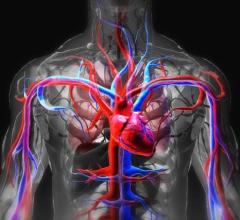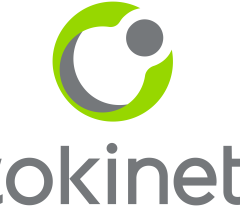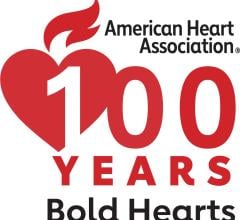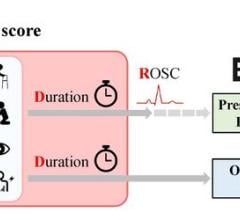
Getty Images
June 14, 2024 — Until now, known risk factors for cardiac arrest have been limited to cardiovascular conditions such as hypertension and high cholesterol. Research published June 11 identifies a range of new factors — for instance, single marital status and alcohol and substance abuse — that also are highly associated with out-of-hospital cardiac arrest (OHCA).
“Our current understanding of risk for cardiac arrest is based on data collected decades ago in populations that don’t necessarily represent our diverse communities today. There is a scientific need to better understand the factors underlying this public health problem,” said Dr. Neal Chatterjee, a cardiologist at the UW Medicine Heart Institute in Seattle.
Chatterjee is lead author of a study in which machine-learning models scoured electronic health records of more than 1.5 million patients to pinpoint factors associated with OHCA. The findings appear in the journal Circulation.
“Upward of 400,000 people suffer a cardiac arrest every year in the U.S.,” Chatterjee said. “We’ve spent millions of research dollars over the last decade trying to improve survival after these events, and the results have been modest. This work is about trying to move the needle on prediction and prevention.”
The researchers started with King County’s registry of out-of-hospital OHCA cases. The names of those people were cross-referenced with the electronic health records of 1.5 million patients who sought care between 2010 and 2021 at UW Medicine, a large academic healthcare system in Seattle.
This search revealed 2,366 patients (64% male) who had suffered sudden cardiac arrest. Their de-identified medical records were analyzed by three machine-learning models for common medical and nonmedical factors. A control population of 23,660 other patients in the system was developed at a 1:10 ratio, matched by age and sex to the OHCA patients.
The investigators reported “significant differences in demography, vital signs, electrocardiographic parameters, comorbidities and medication distribution between OHCA cases and controls.”
Across the three machine-learning models, the consensus predictors of OHCA included:
- substance abuse disorder
- fluid and electrolyte disorder
- alcohol abuse
- longer corrected QT interval
- higher heart rate
- demography (minority race, single marital status)
“When it comes to drivers of cardiac arrest risk in our community, it turns out there are several noncardiac factors, like substance-use disorder, that are just as important as the cardiac factors that we’ve known about for years,” Chatterjee said.
The researchers then adjusted the machine-learning model metrics to better understand how frequently it would identify OHCA risk if deployed across the 1.5 million UW Medicine patient population. The positive predictive value for OHCA was calculated at about 1.5% per year — 1-2 people in 100 per year — in contrast with the most recent estimation of risk, based solely on cardiovascular factors, of 1 in 1,000 per year.
Hearing that one’s chance of having a sudden cardiac arrest in the next year is 1 to 2% is a more meaningful conceptualization of risk than hearing 1 in 1,000, Chatterjee suggested.
“For the first time in a half-century, we see the real complexity of risk factors that underlie cardiac arrest risk. For any individual patient, the interventions needed to lower that risk will need to be personalized and tailored,” he said.
Hypothetically, Chatterjee added, a machine-learning model could be run across a healthcare system’s electronic medical records to identify patients at the top end of risk. In an office visit with a primary-care clinician, those patients could be made aware of those personal factors, some of which would likely be modifiable.
The model also could inform public health agencies’ investments to combat major drivers of population risk, he suggested. For example, knowing that drug and alcohol addiction are major drivers of cardiac-arrest risk means that dollars spent on initiatives related to those harms have more potential return.
For more information: http://uwmedicine.org


 April 01, 2025
April 01, 2025 








